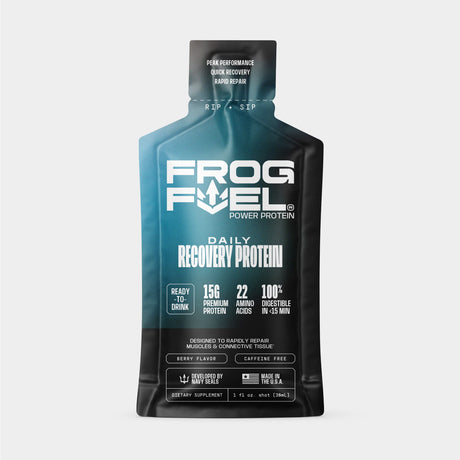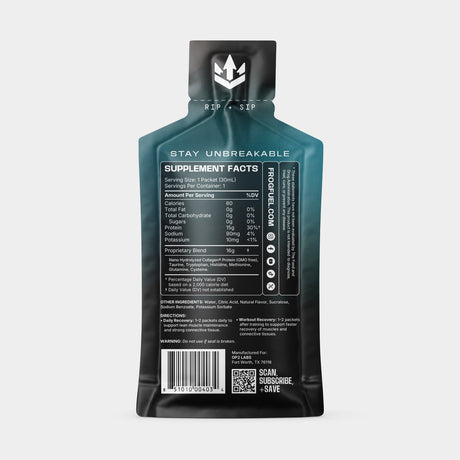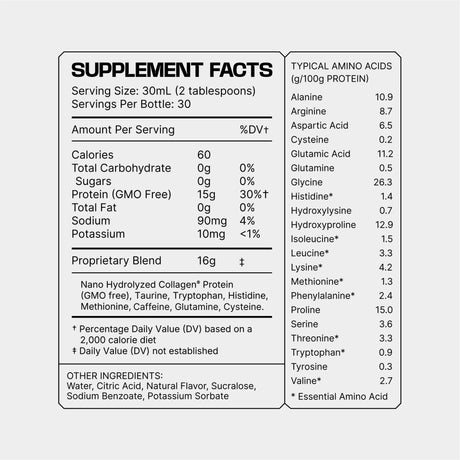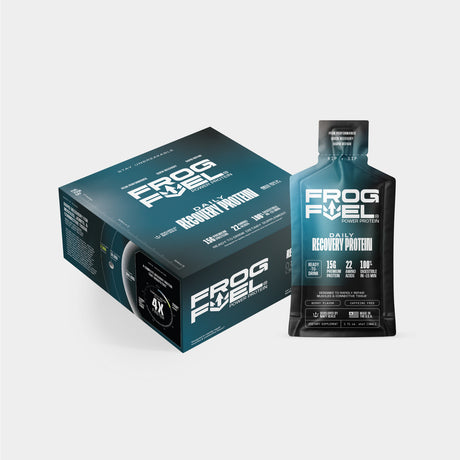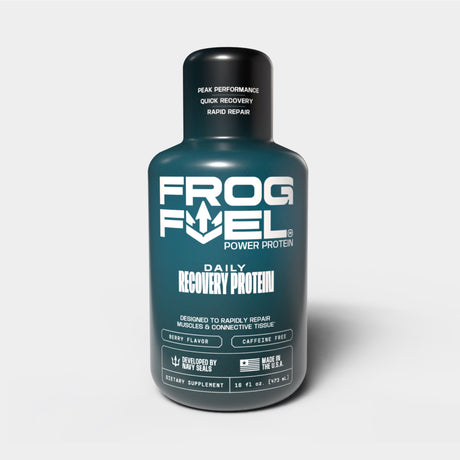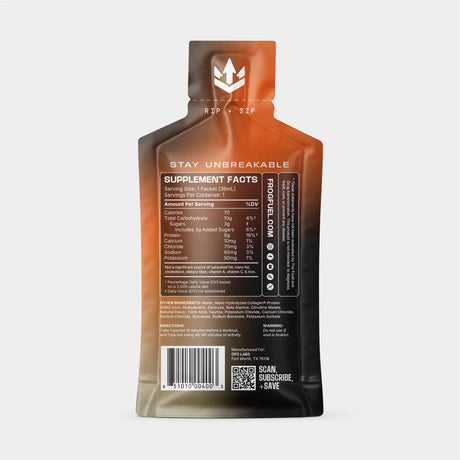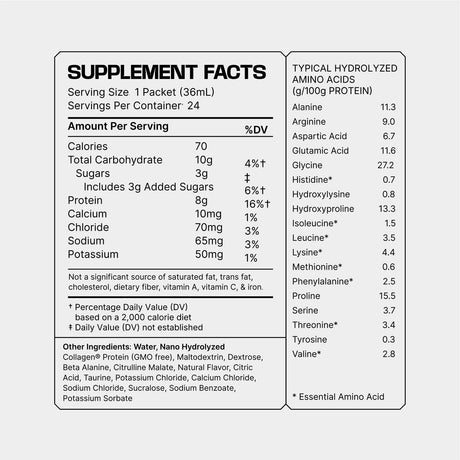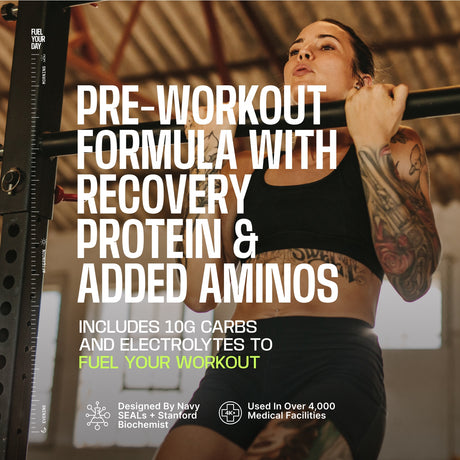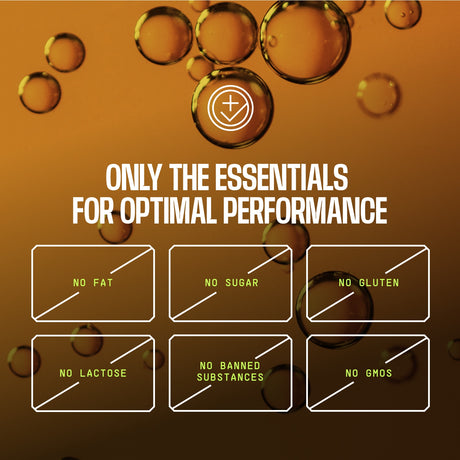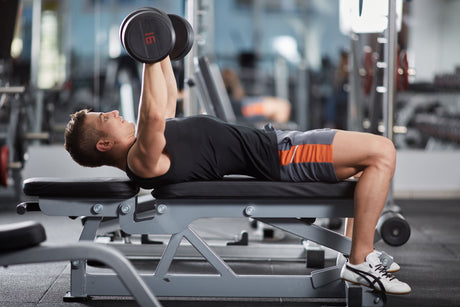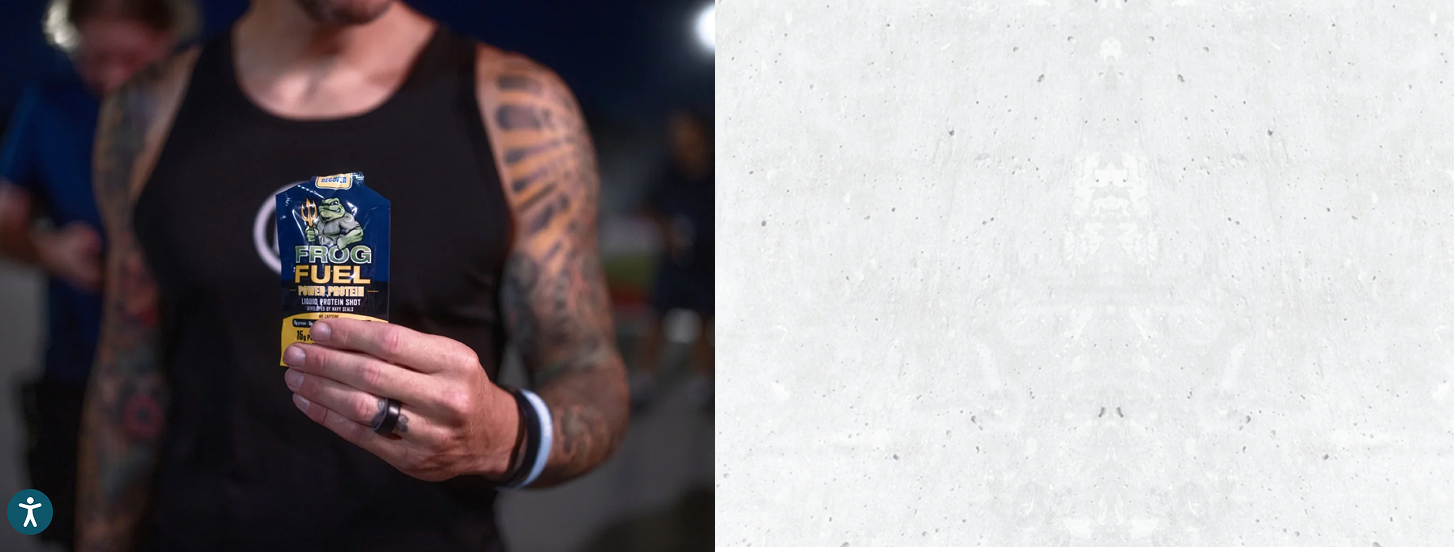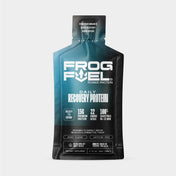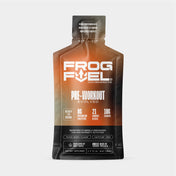When that familiar pain hits, having a plan in place for how to heal shin splints fast can make all the difference. Runners are most familiar with shin splints, but athletes in many other disciplines can experience them, too.
There are a few things you can do to find quick relief for shin splints, but an ounce of prevention is always worth a pound of cure.
Today, we’ll take a look at what “shin splints” really are, how long you can expect to be in recovery, and what you can do to help speed healing. We’ll also go over a few things you can do to prevent shin splints from occurring in the first place, so you don’t have to worry about them delaying your training schedule.
What are shin splints?
Before we get into how to heal shin splints fast, let’s take a moment to understand what causes shin splint pain. For most people, shin splints happen with a sudden change in activity or environment, but why would that cause an injury?
The technical term for “shin splints” is medial tibial stress syndrome, but there isn’t one single injury that causes shin splints. Instead, shin splint pain happens when one or more muscles or tendons in your lower leg are overworked.

Image source: Healthnews
When the muscles and tendons connected to your shin get overworked, they can get microtears in the tissue. This leads to the pain, tenderness, and swelling associated with shin splints. Many different factors can cause stress and microtears.
Athletes picking up a new discipline or returning after a long break might not have the strength or flexibility they need. Athletes working out on a new surface might strike the ground too hard, causing extra stress. And these are just a few examples! Shin splints are some of the most common sports injuries, so there’s plenty of advice available on how to heal shin splints fast.
How long does it take to heal shin splints?
One of the best things about learning how to heal shin splints fast is that they heal pretty quickly on their own. You should feel a significant decrease in pain within the first 3 days. The tissue itself takes longer to heal, though, so you’ll want to take things slow for a little longer.
Generally speaking, your muscles and ligaments will take about three weeks to rebuild and repair themselves after shin splints. During this time, adjust your training plan to opt for low-impact workouts.
Healing can be impacted by lots of different factors. This means that how to heal shin splints fast will be unique to each person who gets injured. Age, activity level, and collagen are just a few.
Collagen is a key protein that your body uses to build and repair muscles and tendons. As we age, collagen production naturally slows, which can also lead to slower healing. We’ll talk more about collagen for shin splints later.
Activity level makes a big difference in healing, too. Shin splints are caused by putting too much stress on your muscles and tendons, so overworking them further can slow healing.
Can you push through shin splints?
Rest is absolutely one of the most important parts of how to heal shin splints fast. “Pushing through” shin splint pain is not recommended, since it can make your injury worse. For most cases of shin splints, though, active rest is fine.
This means switching to a low-impact activity or continuing to run at a lower intensity. Pain is the best indicator of whether you’re pushing too hard. If you’re in pain, stop exercising and focus on resting and getting relief for shin splints until you feel better.
As long as you’re not in pain, yoga, swimming, cycling, or running on a treadmill can all reduce the impact on your shin muscles and tendons while letting you stay on track with your training plan.
When to see a doctor about shin splints
With proper rest, you should notice most of your pain is gone within the first few days of shin splints and should be able to go back to normal training within a month. In some cases, though, shin splint pain isn’t actually shin splints. If you have a different type of injury, following tips for how to heal shin splints fast won’t hurt, but it won’t solve the problem.
Make sure to reach out to your doctor immediately if your shin splint pain isn’t fading after stopping exercise, if you can’t bear any weight on your leg, or if you have severe swelling that doesn’t go down.
You should also follow up with a doctor if you can’t get back to regular training within a month of your initial injury.
Your doctor will help you determine why you’re healing slowly. They’ll also rule out more serious potential injuries, like a stress fracture or a severe tendon or muscle tear. Stress fractures are tiny cracks in your bone, and will need more intense rest to heal properly.
5 tips for how to heal shin splints fast
When it comes to how to heal shin splints fast, remember there are really only two things your body needs to repair damaged tissue: materials and time. Supplementing with collagen for shin splints can help provide your body with the materials it needs. And liquid collagen benefits your usual workouts, too, making it a great swap for your current protein shake.
When it comes to “time”, how much your body needs will vary from person to person. You can be proactive about helping your body, though, by making sure that the time it spends healing isn’t interrupted by intense training.
Most tips on getting relief for shin splints won’t necessarily help with healing, but more with pain management. Over-the-counter pain relief, like ibuprofen or acetaminophen, can help reduce pain and swelling, but they don’t heal the damaged tissue.
Pain management can be incredibly helpful, but you’ll want to make sure that you don’t overdo it. Incorporating too many pain management techniques can block your body’s natural pain signals, making it harder to know when to ease off. And if you’re doing any kind of activity, knowing when to ease off is key in how to heal shin splints fast!

1. RICE
RICE is a common sports injury treatment that focuses on pain management and stabilizing the injury. The acronym stands for Rest, Ice, Compression, and Elevation. It’s best used in the first 24-48 hours after injury to reduce swelling and pain.
Rest is a cornerstone of how to heal shin splints fast, and this first 24-48 hour period is the only time “rest” means staying off the injured leg as much as possible. Icing your shins can be done at any time, but be sure to use a thin towel or t-shirt to protect your skin, and don’t ice for more than 20 minutes at a time.
Compression socks or sleeves can help reduce swelling and can stabilize muscles or tendons that are still in need of support. You can use them during and after workouts, but make sure not to wear them for longer than a couple of hours at a time.
Elevation helps drain excess fluid away from the injury, which can make you more comfortable. However, the fluid your body produces around the injury site has a purpose. The cells inside are actually a huge part of how to heal shin splints fast naturally, so make sure not to overdo it with compression or elevation.

2. Stretch
Stretching is one of the most well-known injury prevention tips for a reason. Keeping your muscles and tendons relaxed and limber makes them less likely to tear during a workout. Stretching is a low-impact activity, so you can pick up some gentle stretching during your healing period.
Pay attention to your pain signals, since easing off when you’re feeling pain is a big part of how to heal shin splints fast. Otherwise, you can do stretches to prevent shin splints daily, even during recovery weeks.
Stretches will also help your body heal more quickly by increasing blood flow to the area and preventing the muscles from getting too stiff.

3. Strengthen
Much like stretches, strengthening exercises help with both recovery and prevention. When you’re putting together your plan for how to heal shin splints fast, strengthening exercises should come in towards the end of your healing time, so you don’t overwork recovering muscles too much.
Strengthening the muscles and tendons around your shins is one of the best ways to make sure shin splints don’t happen again in the future. Shin splints are caused by more stress on the muscle or tendon than it can handle and strength training for shin splints raises the amount of stress your lower legs can take on.

4. Check your environment
Running too far or too fast isn’t the only thing that can cause stress. If you’re going to adjust your training as part of your plan for how to heal shin splints fast, start with your environment. Hard concrete, worn-out shoes, or shoes that don’t fit right can all cause extra stress on your legs, too.
Make sure you have well-fitting shoes, and if you need additional arch support, consider adding inserts to take some of the stress off your shins. Running on treadmills, sand, grass, trails, or synthetic tracks can be ways to reduce the impact stress from the ground. If you go this route, though, just make sure you keep an eye out for fall hazards like mud.

5. Take collagen for shin splints
Most athletes already take some kind of protein supplement as part of their workout routine. Adjusting what kind of protein supplement you take could be part of your plan for how to heal shin splints fast. Remember, your muscles and tendons are largely made of a protein called collagen.
Your body can synthesize collagen from other protein sources, but you can also supplement with hydrolyzed collagen. What is hydrolyzed collagen? Simply put, it’s collagen that has been broken down so your body can digest it more easily. Nearly every collagen supplement uses hydrolyzed collagen, although some brands will refer to it as “collagen peptides” instead.

Hydrolyzed collagen has been shown to significantly improve muscle and joint recovery after injury, although there haven’t been any studies on shin splints, specifically.
For the muscle and tendon tear types that have been studied, though, collagen has proven to be helpful in faster healing. This means we can reasonably believe that extends to helping with how to heal shin splints fast, too!
Finding fast relief for shin splints
Learning how to heal shin splints fast is straightforward. Shin splints aren’t complex injuries, and your body just needs time and material to rebuild and repair. You can help it along by stretching and strengthening those muscles as you heal. Paying close attention to your environment can also make a big difference in finding relief for shin splints.
Most recovery for shin splints can be done at home, and you should be back to your normal training routine in just a few weeks. As you recover and get back on track, you can use hydrolyzed collagen protein to give your body the material it needs to heal stronger than ever.


